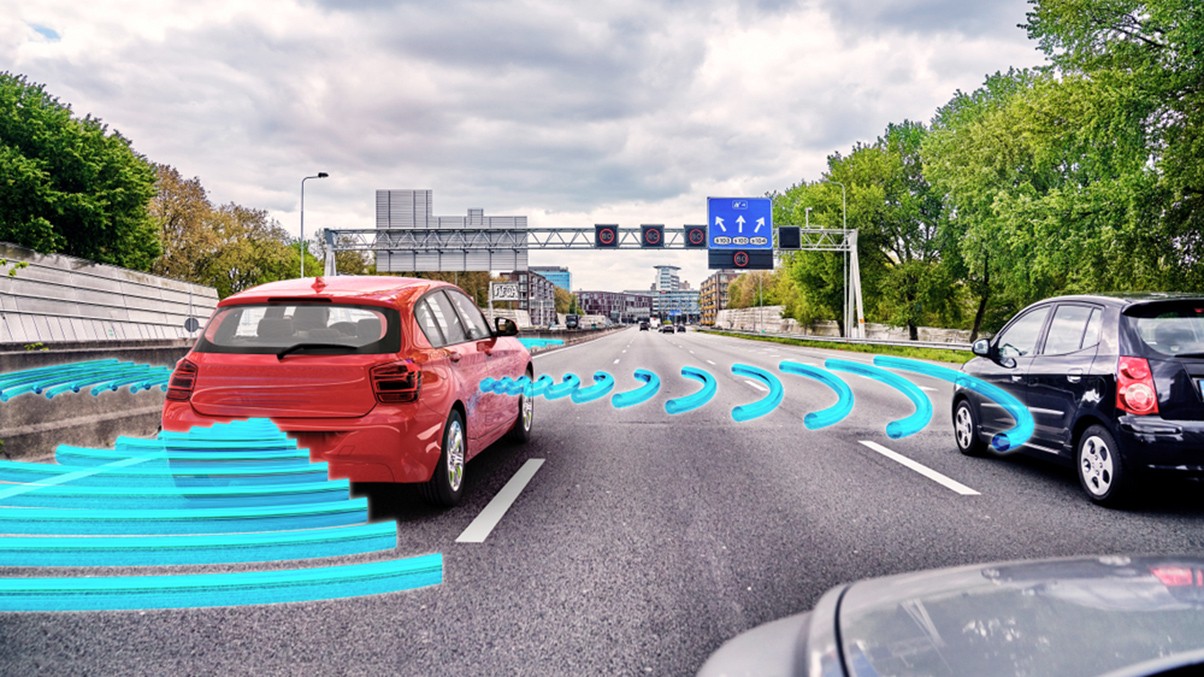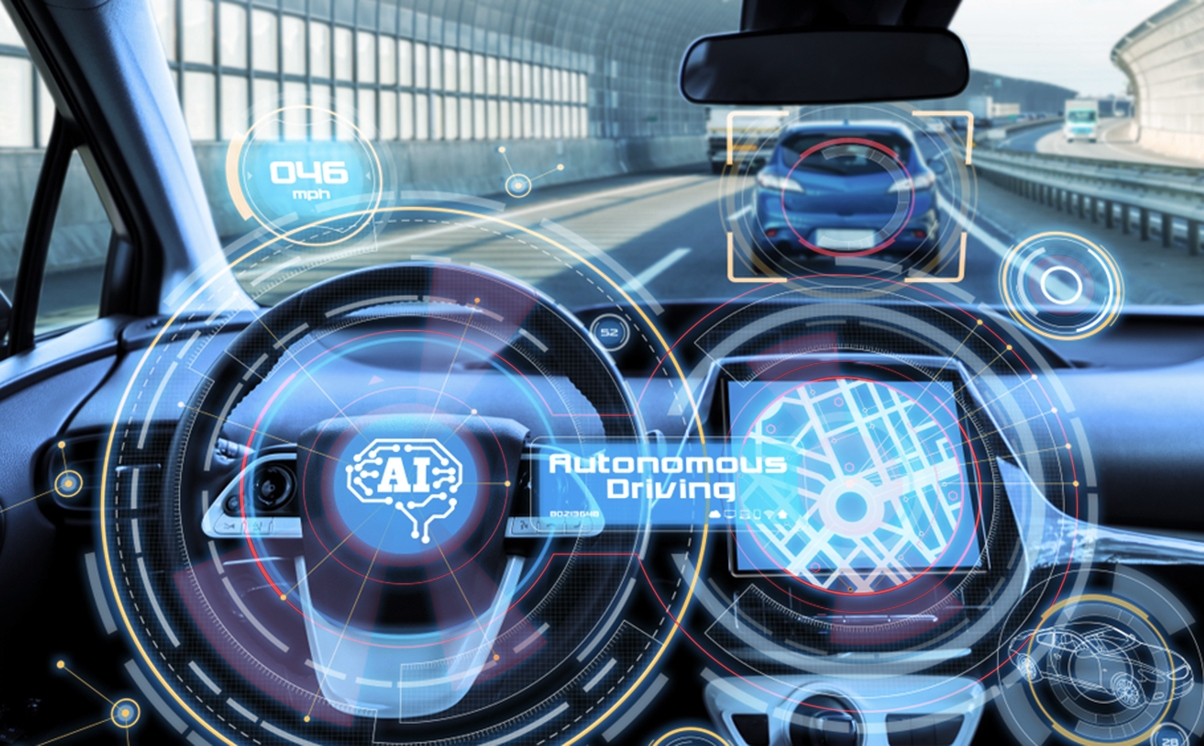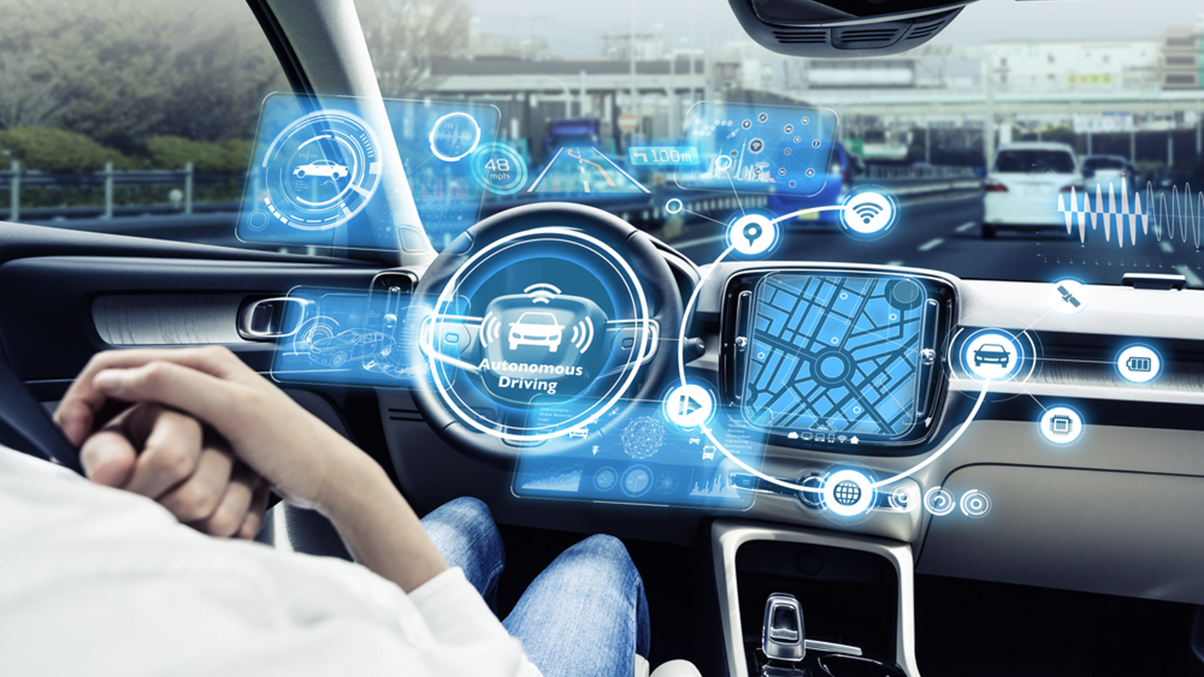In November 2023, hot on the heels of the first King’s Speech, the Automated Vehicles Bill was introduced into parliament to regulate the use of automated vehicles (AVs) on roads and other public places in Great Britain. The Bill recently passed from the House of Lords to the House of Commons and is on track to become the Automated Vehicles Bill 2024. Lucie Clinch evaluates elements of the Bill that may be of interest to personal injury practitioners.
The Automated Vehicles Bill aims to implement the recommendations made by the Law Commission of England and Wales and the Scottish Law Commission over a series of consultations. It sets the scene for a wide ranging regulatory landscape for autonomous vehicles.
In summary, the Bill aims to:
- create a regulatory framework for automated vehicles
- establish criminal liability for vehicle use
- address policing and investigation
- set conditions for the marketing of automated vehicles
- set up a system for granting permits for automated passenger services
- specify how existing regimes would be adapted to accommodate the measures adopted.
At the centre of the new wide ranging regulations and legislation is the aim to improve overall road safety. The majority of road accidents involve human error as a contributory factor, so it is hoped the introduction and deployment of autonomous vehicles will go some way to reducing accidents and improving road safety for all.
Key elements of the Bill
As recommended by the Law Commissions in their detailed recommendations, the manufacturer will be liable for how the “self-driving” car drives, and the human “driver” will effectively be immune from prosecution in the event of an accident. The Bill introduces the new concept of a “User in Charge”, who is the human in the vehicle ready to take back control from the vehicle if it issues a transition demand. A transition demand is a request from the vehicle to the human to “take back control” of the vehicle. If the User in Charge fails to do this in time, then only at that stage could they potentially be liable for an accident.
The Bill also brings into legislation the creation of the Automated Self Driving Entity (ASDE), which, as the vehicle’s creator, will take on the bulk of regulatory and safety requirements and responsibility for its vehicles. This introduction is the beginning of the move away from placing blame on an individual “driver” to placing it on the manufacturer.
How safe is safe enough? The safety standard
A discussion in the various debates has been how ‘safe’ autonomous vehicles need to be, ie what is the standard to which they should perform?
The Law Commissions noted that the safety standard is a political decision. They made three proposals for comment during the consultations. In descending order of safety, they were:
(a) Option A: as safe as a competent and careful human driver;
(b) Option B: as safe as a human driver who does not cause a “fault accident”
(c) Option C: overall, safer than the average human driver.
Responses were mixed, but the new Act will require the Secretary of State for Transport to publish a safety standard. The House of Lords confirmed that authorised autonomous vehicles should achieve the highest standard, ie, equivalent to, or higher than, that of careful and competent human drivers, with the aim of improving road safety overall. This is a high bar for the ASDEs to reach with their authorised AVs and whether they are able to do so will not be discernible until these vehicles reach the roads and accidents begin to happen.
Civil liability and other issues debated
In an earlier debate, The Association of Personal Injury Lawyers (APIL) briefed the government that the requirement for the vehicle to be “driving itself” under the terms of section 2(1) of the Automated and Electric Vehicles Act 2018 (The AEVA) and for a victim to prove this could make claims complex, potentially requiring the involvement of manufacturers and insurers, delaying payment of compensation. There were opportunities to amend the AEVA via the Bill, so Lord Liddle sought to remove the requirement for the vehicle to be “driving itself” to enable the victim of an accident to claim compensation from the insurer, without proving this.
Lord Liddle also queried “who” or “what” is in charge in any period between the vehicle issuing a transition demand and the driver taking over control. Should an accident happen in that time, who is to blame and how would a victim prove it? What if the driver takes over control, but cannot prevent an accident? Who is responsible? He did not get an answer.
The proposal for amendment was ultimately withdrawn with the promise of further discussions, and on the basis there is an understanding that there is no need for claimants to prove the automated vehicle was “driving itself”. The Transport Secretary confirmed that the AEVA “assigns the insurer first instance liability in incidents caused by an automated vehicle that is driving itself…and the victim is able to claim compensation from the relevant insurer whether there is an at fault driver or whether the vehicle was in self-driving mode,” effectively leaving the “insurer to determine by which insurance the claim is covered”. It is not clear how this will work out in reality in the event of an accident under the terms of the AEVA 2018.
In a similar vein, later debates considered if there should be a “presumption” of liability upon the ASDE (not necessarily the insurer) in any AV accident unless proved otherwise. This was dismissed to be reconsidered once the vehicles are in use.
Members also voted on an amendment to establish an independent advisory council to advise on implementation of the legislation and the roll out of self-driving vehicles, to be made up of various organisations representing the interests of different types of road users, including cyclists, pedestrians and disabled road users and to report to Parliament. This idea received support, but was ultimately defeated by 4 votes, so there will be no such council in place when the legislation comes into force. This means that there will be limited representation of vulnerable road users against the big business of manufacturers and developers pushing these vehicles into reality.
Uncertainty remains around data. The related policy scoping notes confirm that the government intend to develop regulatory requirements on data recording, retention and access. It is acknowledged that these vehicles will gather and retain extreme amounts of data, which could be crucial in relation to any accidents, but how that data is obtained, held and maintained by the ASDE whilst preserving ‘human’ privacy is yet to be ironed out.
The new Automated Vehicles Act
The Automated Vehicles Act is now proceeding through the House of Commons towards Royal Assent and is anticipated to come into force later this year.
The setting of such a high safety standard, as required by the House of Lords, is, however, an encouraging step for the development of automated vehicles and the public acceptance of them on UK roads.
You can find further information regarding our expertise, experience and team on our Personal Injury page.
If you require assistance from our team, please contact us.
Subscribe – In order to receive our news straight to your inbox, subscribe here. Our newsletters are sent no more than once a month.





